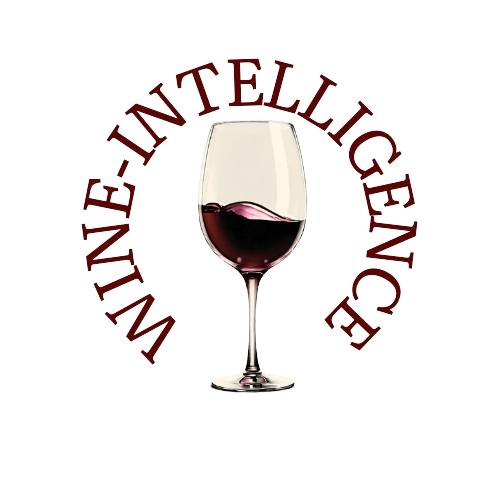In an evolving wine landscape increasingly influenced by health-conscious choices and lifestyle trends, the notion of “drinkability” is gaining momentum.
This concept revolves around wines with lower alcohol content, greater freshness, and a light-bodied structure—making them easier to sip and enjoy without overwhelming the senses. It’s a shift that aligns with the broader “No-Lo” (no- and low-alcohol) movement, which continues to gain popularity globally.
This trend is not just anecdotal; it’s backed by data. A recent study commissioned by the Conseil Interprofessionnel du Vin de Bordeaux (CIVB) and conducted by IWSR, a leading market research firm in the beverage sector, reveals a clear pivot in consumer expectations. Surveying seven strategic markets—Germany, Belgium, China, the United States, France, Japan, and the United Kingdom—the report demonstrates a growing consumer sensitivity to alcohol content as a decisive purchasing factor.
For 56% of still wine consumers in the United States (a 4% increase over 2022), alcohol content is an important or very important criterion. Similar shifts are noted in the UK (54%, +10%), France (49%, +2%), Germany (42%, +5%), Belgium (38%, +1%), Japan (47%, -2%), and China (26%, -1%). Notably, while this factor is important across generations in France, Belgium, and China, it holds particular weight among younger consumers aged 18-34 in the US, UK, Germany, and Japan.
What do consumers want?
According to the IWSR data, the sweet spot for acceptability lies around 11.5% ABV (alcohol by volume), with slight variations across regions. In France, consumers are more comfortable with wines around 12.5% ABV, while export markets—especially those with younger audiences—prefer even lower alcohol levels. This demand cuts across wine styles, affecting red, white, and rosé wines alike.
This nuanced preference signals a market evolution: where once the richness and power of high-alcohol wines might have been prized, today’s wine lovers often value balance, freshness, and moderate intensity—qualities that make wines more versatile and enjoyable for everyday consumption.
The CIVB’s broader strategy includes tracking the image and perception of Bordeaux wines, arguably one of the world’s most prestigious wine regions. Bordeaux remains one of the most recognized and purchased origins globally—ranked first in France and Belgium, and among the top four in other surveyed countries. Encouragingly, Bordeaux wine consumers in the United States, Germany, the UK, and Japan tend to be younger than the average wine buyer, a promising sign for the region’s future relevance.
Bordeaux’s enduring reputation for quality, passionate producers, and now, greater accessibility—particularly in terms of value for money—positions it well in a changing global market. As preferences tilt toward lighter, more drinkable wines, Bordeaux’s adaptability may become its most valuable asset.
Source: WineNews

